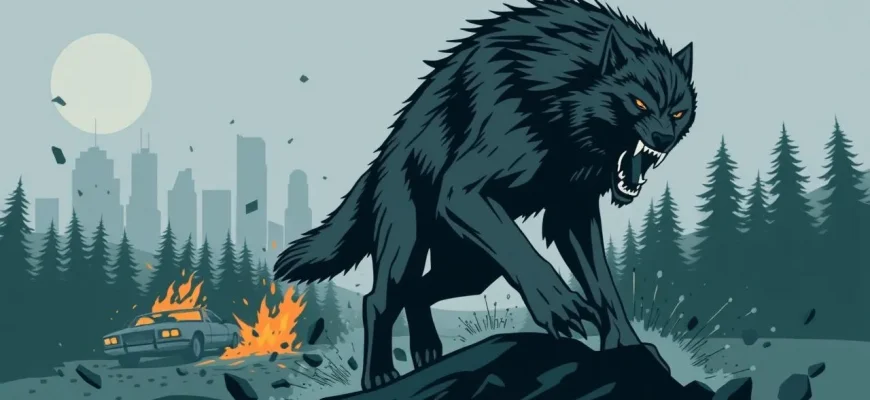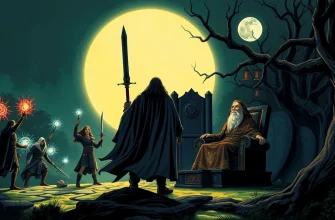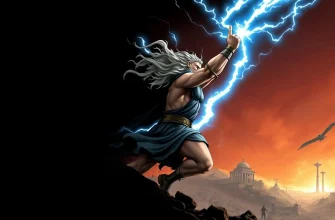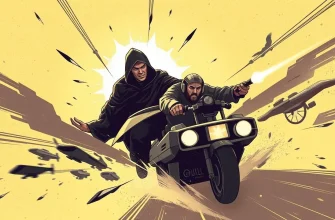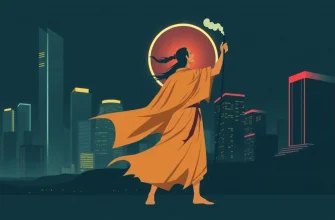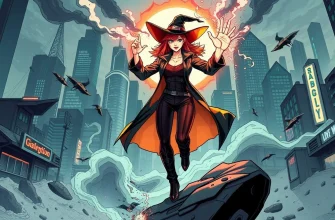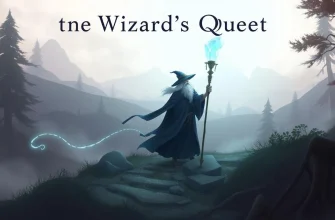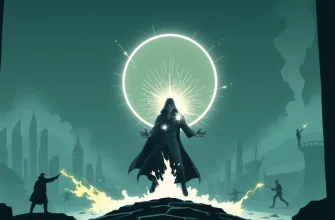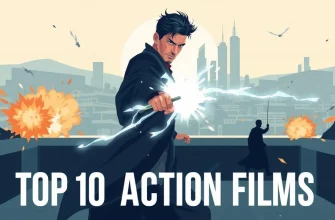Dive into the wild world of werewolves with our handpicked selection of action-packed films. These movies blend the thrill of the hunt with the adrenaline of combat, offering a unique cinematic experience. Whether you're a fan of classic horror or modern action, these films showcase the primal power and ferocity of werewolves, making them a must-watch for any enthusiast of the genre.

The Howling (1981)
Description: A journalist investigating a serial killer uncovers a colony of werewolves. This film is notable for its practical effects and its influence on the werewolf genre, providing a mix of horror and action.
Fact: The werewolf transformation scene was groundbreaking at the time, using a combination of stop-motion, animatronics, and makeup effects.
 Watch Now
Watch Now 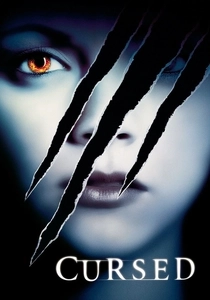
Cursed (2005)
Description: After a car accident, siblings find themselves cursed to become werewolves. This film offers a mix of horror, action, and dark humor, with a notable cast and director Wes Craven at the helm.
Fact: The film underwent extensive reshoots and re-edits, which resulted in a different tone from the original vision.
 Watch Now
Watch Now 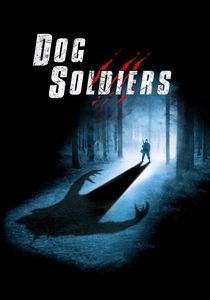
Dog Soldiers (2002)
Description: A squad of British soldiers on a training mission in Scotland encounters werewolves. This film is known for its intense action sequences and dark humor, making it a cult classic in the werewolf action genre.
Fact: The film was shot on a very low budget, but its clever use of practical effects and storytelling made it a hit among horror fans.
 Watch Now
Watch Now 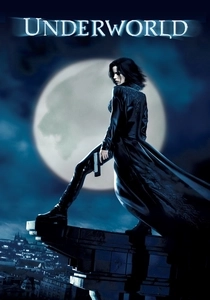
Underworld (2003)
Description: This film kicks off a saga where vampires and werewolves (Lycans) are in a centuries-old war. It's a perfect blend of action, horror, and a touch of romance, making it a standout in werewolf cinema.
Fact: The film was originally conceived as a direct-to-video release but was upgraded to a theatrical release due to its high production values and strong cast.
 Watch Now
Watch Now 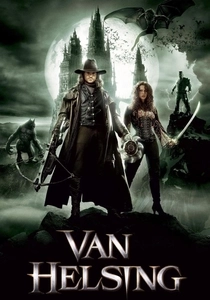
Van Helsing (2004)
Description: While not exclusively about werewolves, this action-adventure film features a memorable battle with a werewolf, making it a thrilling addition to the list. It's a spectacle of monster hunting with a touch of steampunk.
Fact: The film was initially conceived as a trilogy, but due to mixed reviews and box office performance, the sequels were never made.
 Watch Now
Watch Now 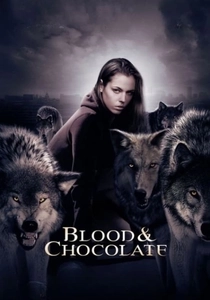
Blood and Chocolate (2007)
Description: A young werewolf falls in love with a human, leading to a clash between her pack's traditions and her heart's desires. The film combines romance with action, showcasing the struggle between love and duty.
Fact: The film is based on the novel by Annette Curtis Klause and was shot in Romania to capture the gothic atmosphere of the story.
 Watch Now
Watch Now 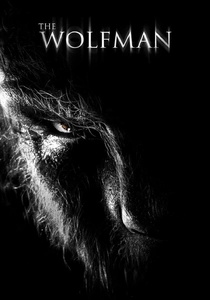
The Wolfman (2010)
Description: A remake of the 1941 classic, this film follows a man who returns to his ancestral home to find his brother dead and himself cursed. It's a blend of gothic horror and action, with stunning visual effects.
Fact: The film was a box office disappointment but has since gained a cult following for its atmospheric setting and practical effects.
 Watch Now
Watch Now 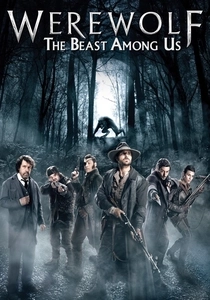
Werewolf: The Beast Among Us (2012)
Description: Set in the 19th century, this film follows a young man who joins a group of hunters to track down a werewolf, only to discover a shocking truth. It's packed with action and suspense, appealing to fans of both werewolves and monster hunters.
Fact: This film was originally intended as a direct-to-DVD release but gained a theatrical release due to its strong performances and action-packed plot.
 Watch Now
Watch Now 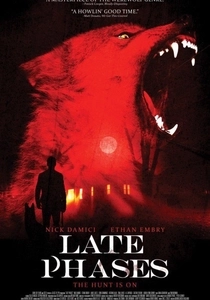
Late Phases (2014)
Description: A blind war veteran moves into a retirement community only to discover it's plagued by werewolves. This film stands out for its unique setting and focus on older characters in action.
Fact: The film was praised for its practical effects and its fresh take on the werewolf genre, focusing on themes of aging and survival.
 Watch Now
Watch Now 
Ginger Snaps (2000)
Description: A teenage girl's transformation into a werewolf parallels her coming of age, blending horror with dark comedy and action. This film is a cult favorite for its unique take on the werewolf mythos.
Fact: The film uses the werewolf transformation as a metaphor for puberty, making it resonate with a younger audience.
 30 Days Free
30 Days Free 
